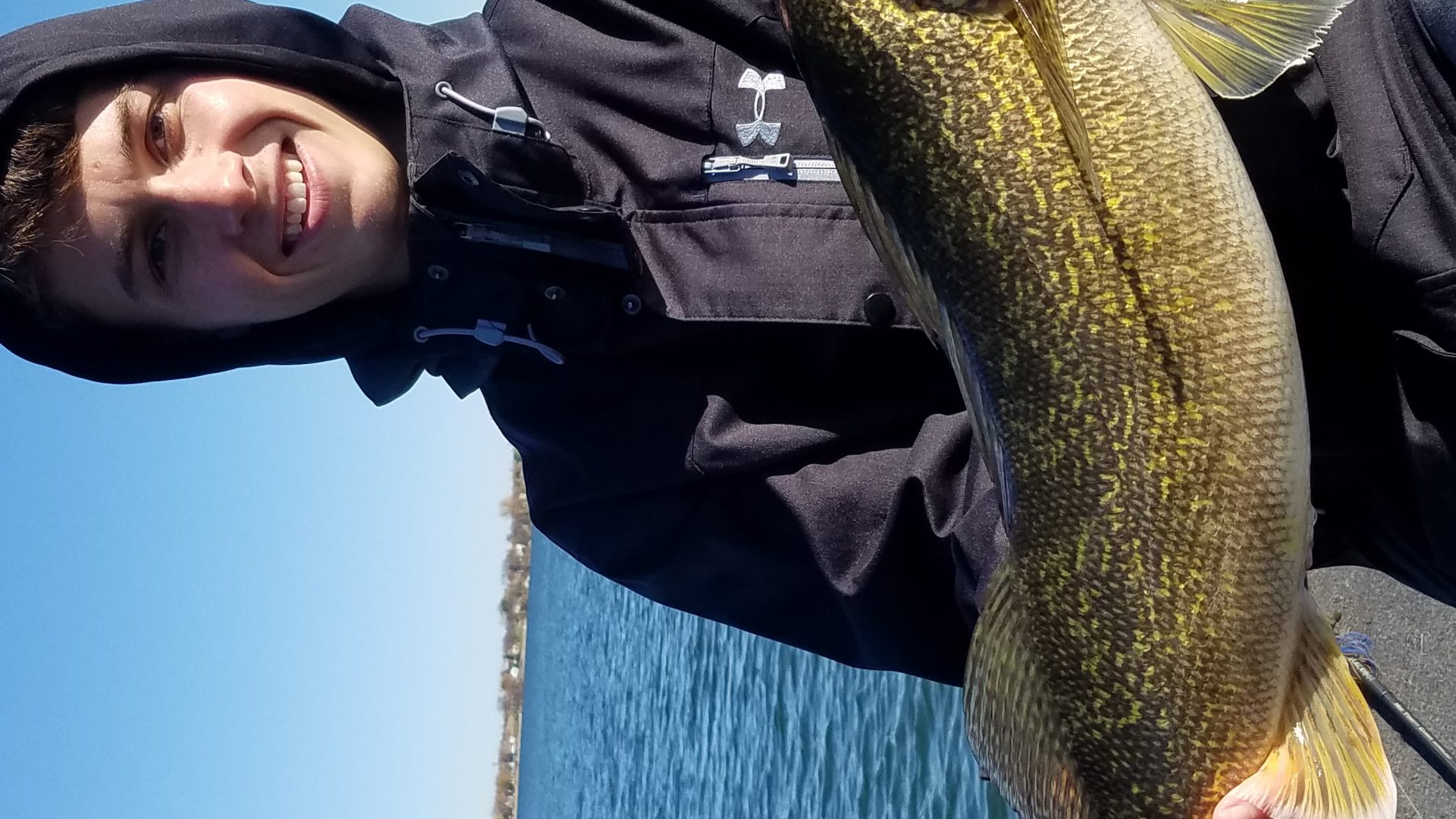by Eric Marvel
Mille Lacs Lake is an angler’s paradise. It’s known for its world-class small mouth bass, monster muskie and outstanding walleye fishing. Every year anglers from around the state flock to Minnesota’s second largest lake in search of a trophy fish or to experience one of Minnesota’s world-class fisheries.
However, the 2018 open-water season will experience a catch-and-release only regulation for walleye when anglers hit the water on Mille Lacs Lake. While Minnesota Department of Natural Resources (DNR) officials say the spawning population for walleye is improving, this is the third consecutive year of this regulation. They would like to keep the progress going forward. A question arises regarding the improvements, what affects does this sort of regulation have on the current walleye population in Mille Lacs Lake?
In the fall, walleye are sampled from the lake through a process called gill netting. Gill nets are vertical panels of netting that are set in a straight line and are used by the DNR to get an index of the number of fish. According to Eric Jensen of the Garrison Fishery, 2016 was the lowest index they have seen historically and in 2016 they closed the walleye season altogether.
In addition to the 2016 index, Mille Lacs Lake has seen improvements from the lowest point observed. This type of regulation is designed to slow down the kill fish through angling. Walleye begin to mature at three-years-old for male fish and five to six-years-old for female fish beginning to reproduce around fives years of age. “We want to protect the 2013 class of fish,” said Jensen “They are at the age of spawning.”
Lately, the DNR are looking for more age diversity in the lake and healthier forage for the walleye. Productivity levels in the lake are down according to Jensen. The Clean Water Act and zebra mussels have caused problems for the walleye. There is less pollution in the lake, which equals less nutrients for smaller organisms to feed on which works its way up the food chain. Zebra mussels are a big problem in Mille Lacs Lake. According to the DNR, there are enough zebra mussels in Mille Lacs Lake to filter all the water in the lake in one to two days.
“Mille Lacs Lake is the same lake as it was in the 1970s, 1980s, and 1990s,” said Jensen. “People are going to have to adjust to the changes and be patient with the process, it’s not going to happen overnight.”
As a result, time will tell the new caring capacity of this much-loved lake as anglers will soon have to adjust to less walleye. Walleye or not, Mille Lacs Lake will still offer an angling experience of a lifetime.




